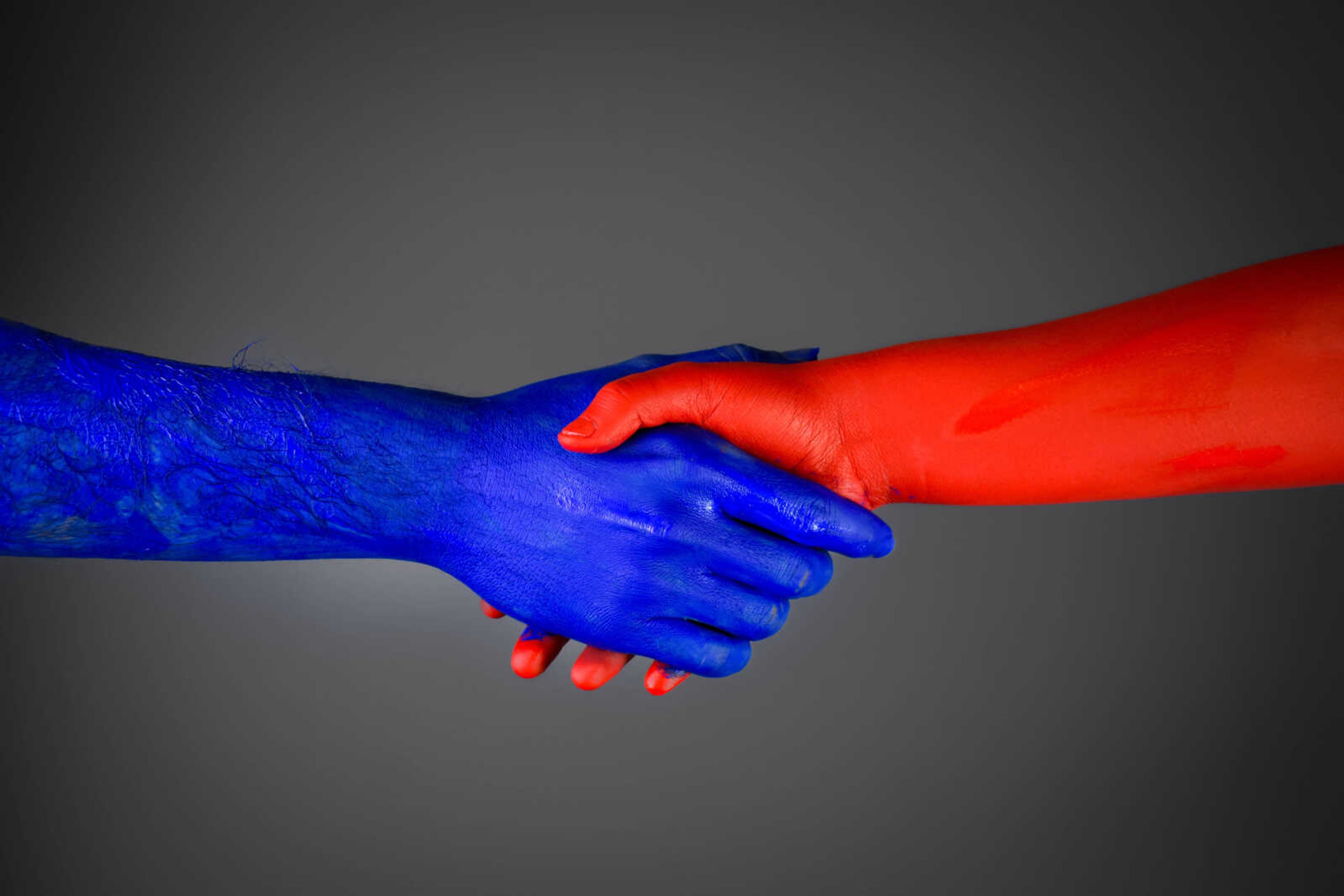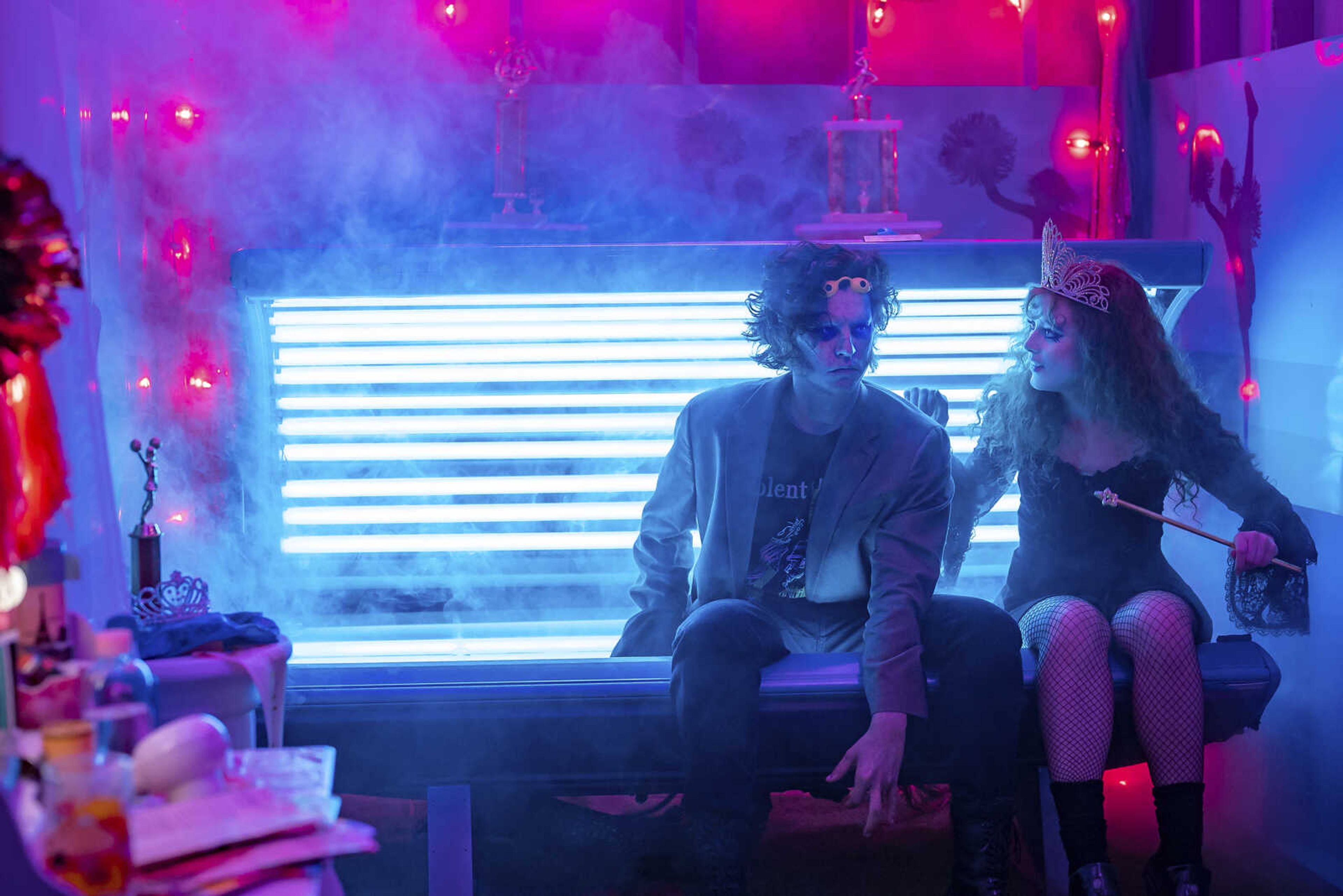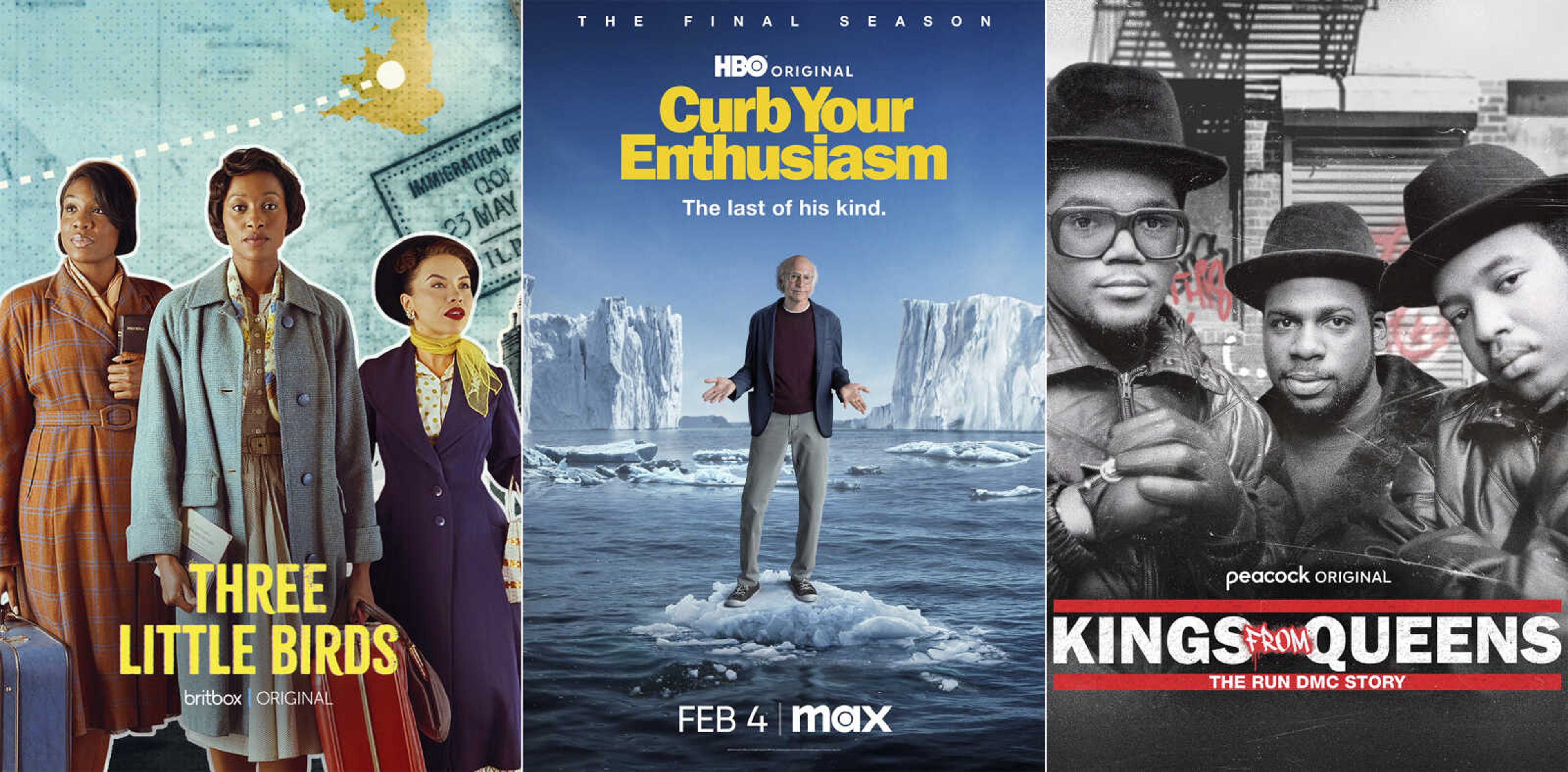Dali-Disney film finally gets NY premiere
NEW YORK -- A narrow-waisted, emerald-eyed brunette flits through a desert full of melting clocks and wacky perspectives, looking for her lover. Giant telephones levitate. Bicyclists with bread loaf helmets pedal by. No, it's not a delusion -- it's "Destino," a film by Salvador Dali and Walt Disney. Only six minutes long, the fantastical jewel packs enough symbols to keep art historians and psychologists busy for years...
NEW YORK -- A narrow-waisted, emerald-eyed brunette flits through a desert full of melting clocks and wacky perspectives, looking for her lover. Giant telephones levitate. Bicyclists with bread loaf helmets pedal by.
No, it's not a delusion -- it's "Destino," a film by Salvador Dali and Walt Disney. Only six minutes long, the fantastical jewel packs enough symbols to keep art historians and psychologists busy for years.
Begun in 1946 but shelved because of financial difficulties, the film was finally completed in 2003 by Roy E. Disney, Disney's nephew and son of Walt Disney Co.'s co-founder. It is showing for the first time in New York City as the centerpiece of a new exhibit at Animazing Gallery.
The honor surely would have delighted the exhibitionist Dali, who is getting another dose of fame during the Year of Dali 2004, an array of exhibits and events celebrating the 100th anniversary of the surrealist artist's birth on May 11, 1904.
His collaboration with Walt Disney puzzles some, but the two had great respect for each other, with Dali describing Disney as one of the three great American surrealists; Disney's imaginative freedom of animation mirrors Dali's artistic vision.
Roy Disney became interested in "Destino" while working on the movie "Fantasia 2000," and decided to animate it after learning that, legally, the company did not own Dali's work until the film had been completed in the manner first intended. He and director Dominique Monfery had the original recording of Armando Dominguez's ballad, "Destino," and the memories of studio artist John Hench, who worked with Dali on the story, as guides.
"Way back when they were working on it, Walt used to say, 'There's nothing to it -- it's just a simple little love story,"' Disney quipped.
"Destino" garnered a 2003 Academy Award nomination for best short film. Rendered with 21st-century technology, the result may be better than any film its creators could have made. A documentary DVD about "Destino" is planned.
Also on display at Animazing are 150 pieces of animation art from the 1920s through the mid-1950s -- Disney's "Golden Years" -- paintings by company artists Harrison and Peter Ellenshaw and one of Dali's ink drawings from "Destino." According to Animazing director Heidi Leigh, it's the first of Dali's story boards from the film to be shown or offered for sale in the United States, and has an estimated value of $45,000.
The Ellenshaws' sugar-spun castle paintings have the glitzy feel of Hollywood merchandising, but the early drawings and story boards are enchanting. Erasures, technical notations and orders wreathe wrinkled pencil sketches of Mickey Mouse -- with his original tail and solid black eyes -- Cinderella and scenes from "Fantasia." Cruella De Vil's lurid green cigarette smoke, as rendered in a gouache animation cel, seems about to drift off the page and poison the air.
"The vintage work is a very sophisticated part of Americana art," Leigh said. "These pieces could easily go into a museum show -- a couple of them have."
Still, the star of the show is "Destino," which appears at Animazing Gallery through Saturday. The film is also part of "Dali & Mass Culture," showing through Jan 30 at The Salvador Dali Museum in St. Petersburg, Fla.
The exhibit at Animazing Gallery runs through Nov. 14 and will not travel.
------
On the Net:
Animazing Gallery: http://shopping.animazing.com/gallery
Salvador Dali Museum: www.salvadordalimuseum.org
Connect with the Southeast Missourian Newsroom:
For corrections to this story or other insights for the editor, click here. To submit a letter to the editor, click here. To learn about the Southeast Missourian’s AI Policy, click here.









